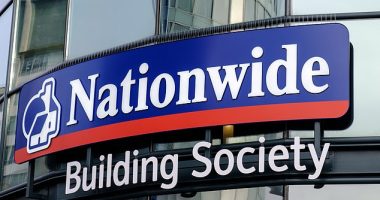
An added layer of complexity is getting a family to agree to change course. Creating a strategy from scratch isn’t easy, but scrapping the old one for a new, untried one is more challenging, said John Zimmerman, president of Ascent Private Capital Management, the high-net-worth arm of U.S. Bank.
“It’s more difficult and complicated than a blank slate of paper,” Mr. Zimmerman said. “You need to get alignment from scratch or from an existing foundation.”
At the time of the board of trustees’ vote to alter the Nathan Cummings Foundation’s investment strategy, its $450 million portfolio was skewed toward what could be called less-progressive investments. Just under 43 percent of the money was invested in what the foundation’s report, which I saw early, called “no-go” assets — think fossil fuels — while 44 percent was invested in assets meant to “avoid harm.” The amount aimed at “contributing to solutions,” like providing money to historically overlooked Black businesses, was literally a rounding error: 0.1 percent, or about $450,000.
Still, there was initially skepticism on the board. John Levy, a nonfamily trustee and an entrepreneur who runs a quantum computing company, Seeqc, said he was concerned that the board could not accomplish its goals through the investment products that were then available.
“I wanted to make sure that people who are as well intentioned as this group is can pay their salaries and make their grants, and that we can do that over many years,” he said.
But Ruth Cummings, who is Nathan’s granddaughter and was then the chair, pushed the committee to consider how a change in investments could increase the impact of the grant making.
Four years later, the “no-go” bucket is down to less than 5 percent; the “avoid harm” investments are still about 44 percent. But investments in another bucket, “benefits stakeholders,” has increased considerably, to 27 percent. That’s the amount put in, say, a private equity fund that supports companies that improve the quality of health care. In addition, the investments seeking to “contribute to solutions” stand at nearly 19 percent.
Source: | This article originally belongs to Nytimes.com









